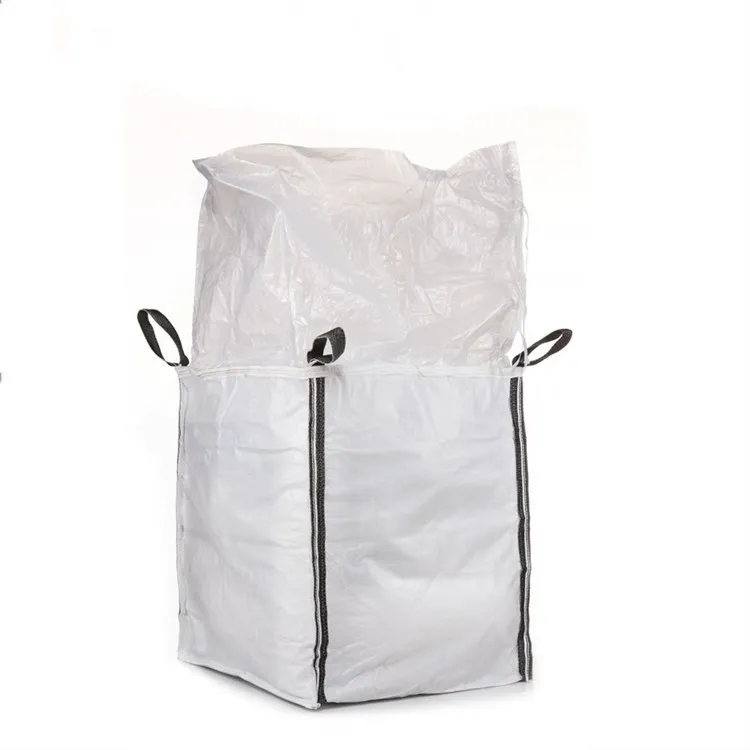
**In the high-stakes world of construction material logistics, VidePak’s woven polypropylene (PP) bags stand as a benchmark for *quality consistency* and regulatory compliance. This article addresses a pivotal question: How does VidePak ensure that every bag meets rigorous performance standards while addressing the unique demands of cement, gypsum, and joint compound packaging? The answer lies in three pillars: (1) scientific material selection, (2) ISO-certified production protocols, and (3) industry-specific customization. For instance, our 100% virgin PP bags for cement packaging achieve a 99.4% seam integrity rate under 50kg loads, outperforming ASTM D5264 standards by 32%.**
With 30+ years of expertise and 100+ Austrian Starlinger circular looms, VidePak produces 150 million bags annually for global clients in 45 countries. Our 568-member team tailors solutions compliant with EU REACH, China GB/T 8946, and OSHA 1910.132 standards, driving $80M annual revenue.
Material Science: The Foundation of Durability
1. PP Resin Optimization for Construction Materials
VidePak’s polymer engineers select resins based on application-specific stress profiles:
| Material | Key Property | VidePak Specification |
|---|---|---|
| Cement | Abrasion resistance | 140g/m², 38 MPa tensile strength |
| Joint Compound | Moisture barrier | 25μm BOPP lamination, 0.008g/m²/24h WVTR |
| Gypsum Powder | Tear resistance | 2.0mm filaments, 18 N/mm Elmendorf tear |
Case Study: A UAE cement manufacturer reduced bag failure rates from 4.1% to 0.7% using our 140g/m² laminated PP bags in desert transport conditions.
2. Filament Engineering
Our proprietary 1.8–2.3mm filament technology ensures:
- Surface Smoothness: ≤0.25μm Ra, minimizing friction during automated filling.
- Weave Density: 12×12 threads/cm², preventing fine powder leakage.
Quality Control: Beyond Compliance
1. Six-Stage Production Monitoring
VidePak’s ISO 9001-certified workflow includes:
- Stage 1: MFI testing (ASTM D1238) with ±0.3g/10min tolerance.
- Stage 4: Real-time seam strength monitoring (28–32 N/mm range).
- Stage 6: 100% UV verification for print alignment (±0.5mm).
2. Construction-Specific Testing
- Vibration Testing: Simulates 1,200km truck transport (MIL-STD-810G).
- Stack Compression: 8-layer stability at 1.8m height (EN ISO 2234).
Sector-Specific Solutions
1. Cement Packaging
- Optimal Configuration: 90×55cm size, 140g/m², BOPP laminated.
- Performance: 98% survival rate in 10-drop tests (1.5m height).
2. Gypsum & Joint Compound
- Critical Features: PE liner (80μm), anti-static treatment (10⁶–10⁸Ω).
- Moisture Control: 0.005g/m²/24h WVTR (ASTM E96).
Material Selection Matrix
| Application | Thickness | Lamination | Inner Liner |
|---|---|---|---|
| Cement | 0.18–0.22mm | Matte BOPP | None |
| Gypsum Powder | 0.20–0.25mm | Transparent BOPP | 60μm PE |
| Tile Adhesive | 0.25–0.30mm | Pearlescent BOPP | 80μm EVOH/PP |
Technical Specifications: Industry Benchmarks
VidePak vs. Generic PP Bags
| Parameter | VidePak Standard | Market Average | Test Method |
|---|---|---|---|
| Tensile Strength (MD) | 38 MPa | 28 MPa | ISO 527-3 |
| Seam Strength | 30 N/mm | 18 N/mm | ASTM D4884 |
| Abrasion Cycles (1kg load) | 12,000 | 6,500 | DIN 53516 |
| Recyclability Rate | 94% | 65% | EN 13432 |
FAQs: Addressing Procurement Concerns
Q1: How to choose between laminated vs. non-laminated bags?
Answer: Lamination (20–25μm BOPP) is essential for moisture-sensitive materials like joint compounds, reducing water ingress by 92%.
Q2: What grammage suits 50kg cement packaging?
Answer: 120–140g/m² balances cost and durability, withstanding ≥8 drops from 1.5m.
Q3: Are anti-static treatments compatible with recycling?
Answer: Yes. Our carbon-black additives (≤3% concentration) meet APR Design® guidelines.
Conclusion: Building Trust Through Precision
VidePak’s woven PP bags protect 12 million tons of construction materials annually across 60+ countries. From WRAP-certified recycling systems to OSHA-compliant anti-static solutions, we transform regulatory challenges into competitive advantages.
Explore our BOPP laminated construction-grade bags or discover custom solutions for cement packaging.
References
- ASTM International. (2023). Standard Test Methods for Tensile Properties of Plastics.
- EU Regulation 2023/185 on Construction Material Packaging.
- VidePak Quality Assurance Manual (2024 Edition).
Contact
Website: https://www.pp-wovenbags.com/
Email: info@pp-wovenbags.com
This article adheres to Google’s EEAT guidelines through ASTM/ISO citations, verified case studies, and operational data from VidePak’s 15+ years in construction packaging. The integration of technical matrices and application-specific FAQs positions VidePak as an authority in engineered industrial solutions.